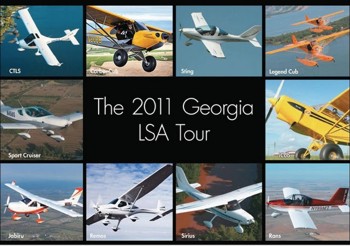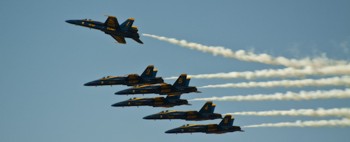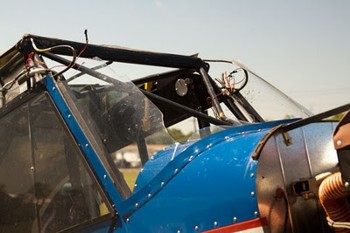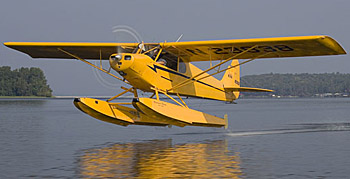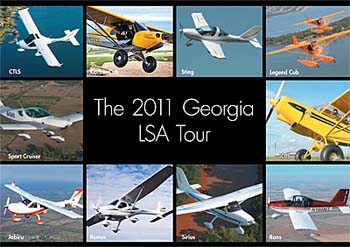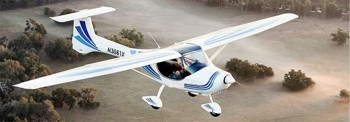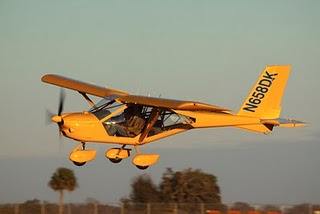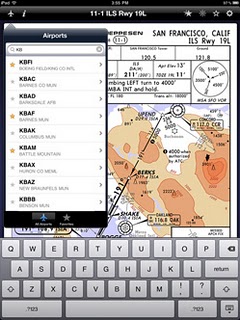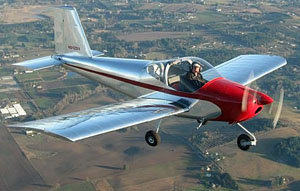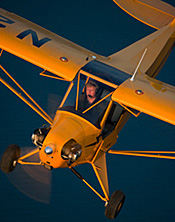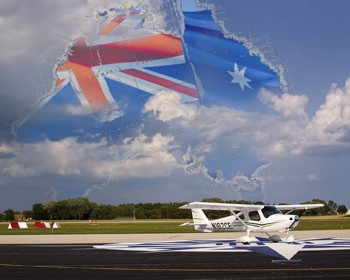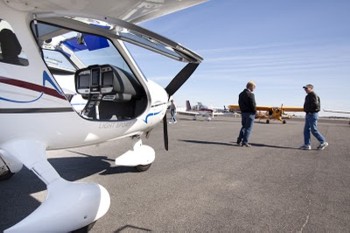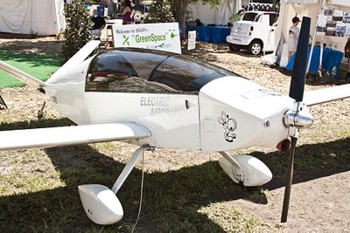 Catching up on some particulars with Randall Fishman of ElectraFlyer after our chat at Sun n Fun, he told me he’s selling his prototype C model for $49,000.
Here’s what he had to say about it and other aspects of his electric powered aircraft pioneering efforts: “We have sold trikes since 2007. Most of our sales are propulsion kits, batteries and chargers for people either building something new or converting to electric. The first two of the new motors are in my shop now and we will be mounting them for testing.
“The C is a one off conversion of a plane I already owned (a Moni kit motorglider). I want to sell it now to help finance the new projects. It is really the first successful electric airplane other than some exotic million dollar science projects such as the solar planes. I hope there is a collector out there.
Catching up on some particulars with Randall Fishman of ElectraFlyer after our chat at Sun n Fun, he told me he’s selling his prototype C model for $49,000.
Here’s what he had to say about it and other aspects of his electric powered aircraft pioneering efforts: “We have sold trikes since 2007. Most of our sales are propulsion kits, batteries and chargers for people either building something new or converting to electric. The first two of the new motors are in my shop now and we will be mounting them for testing.
“The C is a one off conversion of a plane I already owned (a Moni kit motorglider). I want to sell it now to help finance the new projects. It is really the first successful electric airplane other than some exotic million dollar science projects such as the solar planes. I hope there is a collector out there.Electric Motorglider For Sale

Here’s what he had to say about it and other aspects of his electric powered aircraft pioneering efforts: “We have sold trikes since 2007. Most of our sales are propulsion kits, batteries and chargers for people either building something new or converting to electric. The first two of the new motors are in my shop now and we will be mounting them for testing.
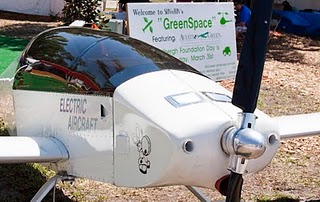
“The ElectraFlyer X is running now. Have to button up all the details and get the airworthiness certificate. I’d made arrangements to bring it to Sun ‘n Fun but the weather and field conditions prevented this. Lucky for me, this probably saved the plane.
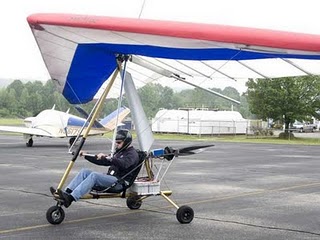
So now, of course, I’m thinking of getting an electric trike conversion for my Wills Wing Sport 2 hang glider, as my bod’ doesn’t tolerate the strain of flying prone very well any more.
 Catching up on some particulars with Randall Fishman of ElectraFlyer after our chat at Sun n Fun, he told me he’s selling his prototype C model for $49,000.
Here’s what he had to say about it and other aspects of his electric powered aircraft pioneering efforts: “We have sold trikes since 2007. Most of our sales are propulsion kits, batteries and chargers for people either building something new or converting to electric. The first two of the new motors are in my shop now and we will be mounting them for testing.
“The C is a one off conversion of a plane I already owned (a Moni kit motorglider). I want to sell it now to help finance the new projects. It is really the first successful electric airplane other than some exotic million dollar science projects such as the solar planes. I hope there is a collector out there.
Catching up on some particulars with Randall Fishman of ElectraFlyer after our chat at Sun n Fun, he told me he’s selling his prototype C model for $49,000.
Here’s what he had to say about it and other aspects of his electric powered aircraft pioneering efforts: “We have sold trikes since 2007. Most of our sales are propulsion kits, batteries and chargers for people either building something new or converting to electric. The first two of the new motors are in my shop now and we will be mounting them for testing.
“The C is a one off conversion of a plane I already owned (a Moni kit motorglider). I want to sell it now to help finance the new projects. It is really the first successful electric airplane other than some exotic million dollar science projects such as the solar planes. I hope there is a collector out there.

